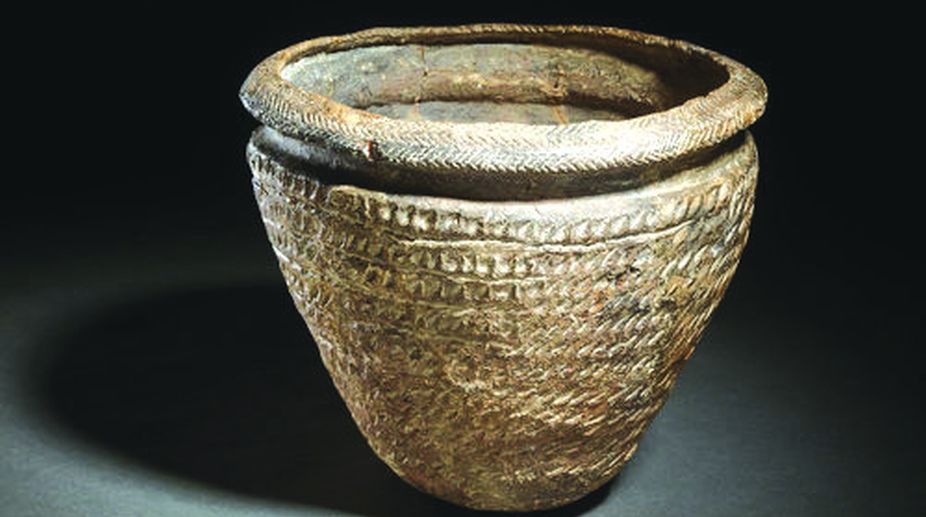Equus & other stories: M. Narayan’s masterful blend of motion, culture, and emotion at Bikaner House
M. Narayan’s Equus & Other Stories, curated by Uma Nair, brings a striking blend of movement, tradition, and storytelling.

An ongoing exhibition at the National Museum in the Capital showcases never-before-seen exhibits from British Museum. A wide swath of the millennia-old Indian civilization came alive through a cluster of artefacts of astonishing brilliance as the National Museum began a nearly two-month transcontinental exhibition that takes the viewers on an intriguing and exhilarating trip of the country’s spectacular past and its links with the outside world since antiquity.
India and The World: A History in Nine Stories, the first of its kind event in India, marks an unprecedented collaboration in museum exhibition with the British Museum, London; National Museum, New Delhi; Chhatrapati Shivaji Maharaj Vastu Sangrahalaya (CSMVS), Mumbai; and some 20 private collections pooling in their resources for the phenomenal show.
Advertisement
The exhibition has a unique line-up of around 200 ancient and modern exhibits, which offer a chronological and thematic depiction of the evolution of India with multiple expressions of art and artefacts, stories and aesthetics. In a message, UK Secretary of State for Digital, Culture, Media and Sport, Matt Hancock, said, “Culture is at the heart of the UK-India relationship and the living bridge that connects our two nations. This exhibition not only explores our shared history, but shows how our institutions are building partnerships that will last well into the future. I am delighted that it has reached new audiences in Delhi.”
Advertisement
The seven-week epical exhibition at the museum commemorates 70 years of Indian Independence and a year of major cultural exchange between India and the UK. By offering 124 objects, the British Museum has become the biggest lender for the show and some of these exhibits have never been shown in India earlier. Among the iconic objects lent by the British Museum are the Greek copy of the Roman discus-thrower Discobolus (2nd AD), Olduvai handaxe, Head in the style of Alexander, a fishtail dagger and the 2002 Throne of Weapons made from melted down machine guns and rifles used in Mozambique’s civil war.
Hartwig Fischer, Director of British Museum, said, “This is a history you will not find in textbooks and schools, in that it provides a better understanding of how one culture has been in communication and exchange with another. It marks a new dimension and new stage in cooperation between global museums.”
The exhibition is being backed by events such as curatorial walks and talks, besides educational activities like stone tool, Harappan seal and bead-making, currency design, scroll painting, clay moulding, blindfold photography and sculpture-making, keeping in mind audiences across ages and tastes. There will also be theatre workshops, guided tours, thematic walks for kids and events like treasure hunt and online weekly quiz on the event’s website (https://www.indiaandtheworld.org). A special feature of the exhibition is its tactile exhibits, which, together with supporting aids, provide a multi-sensory experience to the audience. The exhibition, which is supported by the Union Culture Ministry, Tata Trusts, the Getty Foundation and the Newton Bhabha Fund, will run till 30 June from 10 a.m. to 6 p.m.
Advertisement